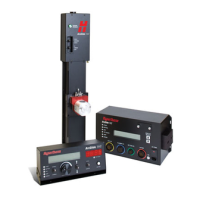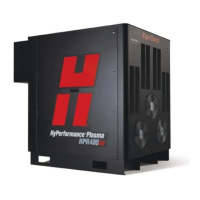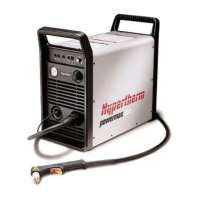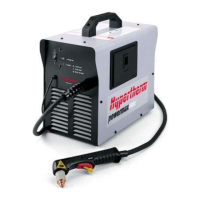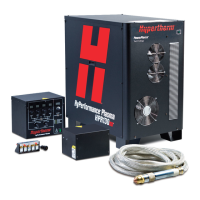4
Dogleg lead-out details for thick stainless steel
Proper lead-out for thick material is critical to completely
sever a part; otherwise, a small tab may keep the part
attached to the skeleton at the point where the lead-out
enters the lead-in (as shown in Figure 5).
Figure 5 – Example of a “tab” in a thick stainless steel contour cut
This tab is due to the extreme lagging tail of the arc, the lack
of molten material flowing through the kerf, and the
insufficient voltage to maintain the arc attachment at this
distance from the torch. Crossing the kerf for the thickest
materials may not be possible for the same voltage limitation
reason, and even if the arc does transfer to the opposite
side of the kerf, the arc tail is likely to jump over the tab.
The dogleg method for stainless steel takes advantage of
this lagging arc by focusing it onto the tab section of the
cut. At the point where the leading kerf edge breaks into the
lead-in edge (and before the voltage reaches the critical
value of the transformer), the cut path changes direction into
an acute angle (60 degrees works well) toward the skeleton
(see Figure 6). This allows the arc to transfer to the skeleton
material, which reduces the voltage while driving the molten
material down towards the tab and subsequently melting it
off.

